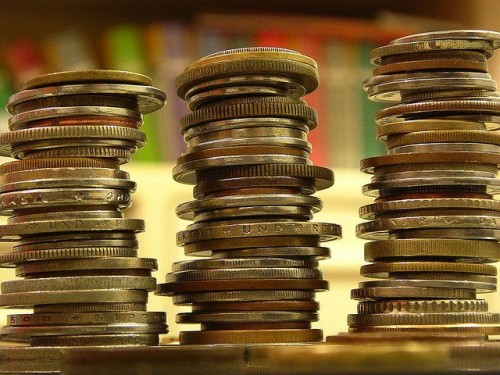“We have surveyed one hundred people and asked them the question….” I’m guessing all of you have watched Family Feud at least once and heard Grant Denyer read out all sorts of questions and received some surprising answers from the players. This game is based on percentages, which is our topic of study for the next week. There are a series of concepts you need to understand, with increasing levels of difficulty, listed below:
- I understand that percentage means “out of one hundred”. 30% means 30 out of every 100 or 3 out of every 10 or 0.3 out of 1.0
- I can (always, usually, sometimes, never) convert between percentages, fractions and decimals. For example, 25% = 25/100 = 1/4 = 0.25
- I can (always, usually, sometimes, never) calculate the percentage of an amount (with/without) using a calculator. For example, 15% 0f 300 = 15 x 3 = 45
- I can (always, usually, sometimes, never) calculate a percentage discount, profit or loss. For example, a pair of $80 jeans were on sale with a 10% discount, what is the sale price? $80 – (10% of 80) = $80 – $8 = $72.00
- I can (always, usually, sometimes, never) work out the percentage increase or decrease of two amounts. For example, the median house price rose from $150,000 to $175,000, so the percentage increase was (175,000 – 150,000)/150,000 = (about) 17%
Some resources:
- Introduction to Percentages (Maths is Fun)
- ABC Splash video – converting fractions to percentages
- BBC Bitesize – Percentages and BBC Bitesize – Finding Percentages
- A BBC activity about Percentages
- Solving problems with percentages from Math Planet (with two videos)
- ABC Splash video – How Banks make Money
- Five quick questions to test your percentages from Maths is Fun
- ABC Splash – Design a Farm

